Helena Reckitt, ed., The Art Of Feminism : Images That Shaped The Fight For Equality, 1857-2017


Oil Paint
81.915 x 61.595 cm
1996
Tags
About this artwork
Oil & ink on canvas
Insights
Artwork History
Mar 12, 2024
Peggy buyer protection
About the artist
Judith Lindbloom was born in Detroit on July 12, 1933, the third child of Alfred and Viola Lindbloom. She had two older sisters, Jean and Ann, and a younger brother, Eric. As a girl, she shared a room with Ann, who instilled in her a great passion for literature -- a passion she was able to indulge while confined to her bed during a long bout of childhood rheumatic fever. She spent one semester at the University of Michigan before returning to Detroit and continuing her schooling at Wayne University. In the summer of 1953, she moved to New York City: “I clearly recall taking off for New York the first time, with a couple near strangers who did treat me fine, excepting for the finale where I was sort of dropped and planted for the night within the Times Square area and had to forage for a place to sleep -- ending I do believe in a hooker’s hotel, or a derelict hospice in which, to solve the obvious problem, I quickly learned to place a chair at [an] angle against the door, to curtail any invasions.” It was in NYC that she met a woman named Gloria Granger, who was to become her main partner, off and on, for the next eleven years. Around 1955, Lindbloom and Granger attended a play; during intermission, they looked at a set of Franz Kline paintings which had been mounted on easels in the lobby. With all the bravado of someone who had not yet found her calling, Lindbloom said, “I could make paintings like these,” and Granger -- an artist in her own right -- called her bluff, saying, “I’ll supply you with canvas, paints and brushes.” Lindbloom also credited Willem de Kooning’s “Woman” series and Joan Mitchell’s work as the mechanisms which drove her to attempt painting. Through Granger, she met the people who became her peers: Mitchell, de Kooning, John Chamberlain, etc., with long nights of drinking at the Cedar Tavern and the Five Spot; she and Kline were particularly close. Lindbloom threw herself into the arts scene with youthful energy and abandon; in describing her relations with the poet David Rattray, she wrote, “We did things like steal chairs from police stations and strip nude in the streets of NYC together and fascinate each other as two early stage alcoholics of gift can certainly do with one another.” Lindbloom’s other great lifelong passion was for jazz, and she was well known in the jazz scene at the time. Gil Evans was an admirer of her work; Sonny Rollins, during one of his sabbaticals from the music industry, spent time practicing in a room whose principal object of focus was one of Lindbloom’s paintings. The musician to whom Lindbloom was closest was Steve Lacy; from 1960 to 1962, she lived with Steve and his wife Barbara as a threesome. After this relationship dissolved, she returned to living with Granger. Her work was attracting interest from galleries in town, but the escalation of her recreational drug consumption was beginning to be an impediment, as she wrote, “I could barely lift a brush from all the belladonna and the peyote and the cocaine and booze, etc., that was my daily diet.” In 1964, Granger leapt to her death from a building -- it was never determined whether it was a suicide or death by misadventure -- and Lindbloom ceased painting. Her ensuing depression led to a collapse and subsequent institutionalization at St Elizabeth’s Hospital in Washington, DC. Upon her release in 1966, she returned to NYC, and began a relationship with a woman named Nancy Von Bretzel. She grew committed to leftist struggles, the radical politics of the anti-Vietnam War movement merging for her into the new wave of feminism. Around 1970, they relocated to the Boston area and lived in a women’s collective, and in 1972 they moved to San Francisco. Aside from a nine-month return to NYC in 1976-77, San Francisco became Lindbloom’s permanent home. There she joined the Communist Party, leaving it only when the combination of oppressive rules and an atmosphere which encouraged her alcoholism became unsustainable; this also led to the dissolution of her relationship with Von Bretzel, in 1976. In 1978 she began a new relationship with a woman named Cheri Collins, moving into an apartment in the Mission District, where she lived for the rest of her life. In the summer of 1980, she visited her brother Eric and his family in Poughkeepsie, NY. He persuaded her to take a look in their attic and garage, where he had been storing some of her work since the end of 1964; upon her institutionalization, he’d gone to her apartment in NYC and gathered up as much of her artwork as he could. She was initially reluctant -- as it had been so long since she’d seen any of it, she’d had it in her mind as youthful “junk” -- but to her surprise, she found herself pleased with what was uncovered. She brought home a couple dozen drawings to mat. On the night of July 1, 1980, “lying in bed just before sleep, I knew I was having an impulse I’ve not had since the middle ‘60’s to draw -- perhaps not to paint -- but to draw, and this is manageable. I’ve a table and inks are procurable. An almost unholy impulse that I well remember but have not known all this time. [...] There has been no time, not ever, since the death of Gloria when I have experienced anything other than major relief at realizing that I have no duties toward painting, and here it is again. [...] The initial impact of taking up pens (first) and chalks and crayons in a certain manner was indeed as though I had just put them down. Shyness lasted only a couple days and then some peculiar gusto, plain, unthoughtful in an analytic manner, reappeared. [...] We’ve been finding spaces on the walls and putting some of the drawings up and something rare is going on inside. [...] This is the first time since ‘64 when I’ve been privileged to live around any of my own work, and the strange manner I spontaneously developed back then has come back into being. I sling a cigarette out of the corner of my mouth and spend a certain amount of time just placed in front of one or another of the drawings and ponder. I remember I used to say that I got my ‘world view’ from my own work, and I strongly suspect that is an accurate description.” Given the prohibitive cost of oils and the lack of a separate studio space, Lindbloom’s initial forays with her re-awakened artistic impulse consisted of drawings, pastels, acrylics and watercolors; Collins provided her with drawing tablets and a set of pens. On this new, second period of artistic activity, she wrote: “It would be hard for me to communicate just what the resumption of drawing is meaning to me. I don’t remember being particularly peaceful in the past over this task but right now I’m finding that this is exactly what I want to do and am enjoying the entire procedure. [...] Most days I work after supper and when I get tired I just quit without any anxiety or distress. I have always liked my own work considerably and perhaps understand now what I did not before that this which I used to call, back in NYC and thereafter, the ‘gift’ is not a gift at all but the result of work. Not being obligated to something I call a gift does make my responsibility clearer and I’m just not as terrified or as driven. And I’m working much more slowly and carefully than I remember without sort of waiting for miraculous things to develop from accident or clever juxtaposition.” Another significant distinction between her NYC and San Francisco periods was her sobriety, as it was around this time that she was finally able to quit drinking. She also addressed what had been, for her, a disinclination towards the marketplace: “I’m just not any sort of salesperson of either myself or my own work. My instinct is to just give [the paintings] away. That would be all well except that I can’t very long sustain working without some money flowing back in for supplies. [...] Back in NYC people were, generally, rather disgusted with me for failing to make a gallery connection, and I will grant that many others of certainly no more skill than me did just that and in some cases arrived at little reputations. [...] I don’t like the entire art scene in SF and would, of course, like to get something taken care of in NYC.” To this end, Lindbloom sublet an apartment in NYC for a month during the fall of 1981 and methodically visited a long list of galleries, with a large portfolio of paintings tucked under her arm as she walked all over the city. The fact that galleries now requested slides in lieu of seeing the actual work was new to her. Her re-introduction to the NYC art scene, after being away so long, was jarring: “The new “in” art scene encompasses one of the neighborhoods where I used to have my lofts. I went to these galleries first because they are the ones one hears mentioned most frequently from here, and I saw a lot of really poor work, trendy and unimpressive. The galleries are mostly on the street level of very old buildings formerly used in some industrial way. We used to attempt, when possible, to recondition them into livable structures. The galleries do not have to comply with those standards, and have, literally, mimicked, mocked, if you will, the kind of quarters that painters in the fifties and early sixties lived in through necessity -- including sometimes these galleries have deliberately put up the old sheets of metal that served as walls in lofts and were the bane of existence within them. It was a depressing scene down there, the galleries mixed freely with boutiques and smart novelty shops and the usual mixture of very rich people in their Bentleys and the poor coming after them looking for any debris they might use. I found the work really deplorable, as though people were trying to gather up quick money from art like they do from music -- the “rock and roll” style money. It all has very little to do with me. About ten years ago this move into the old neighborhoods was beginning and all the legitimate painters working upstairs were displaced to make way for trendy folk who wanted to live in an “artistic” scene. The streets are incredibly dirty, the dealers freely tell me they have displaced the painters and now the work is done elsewhere, which I surmised from viewing it. Following that debacle I betook myself to the uptown galleries. I think there are about three places still bearing names with which I’m familiar, and these I put off until the end. The midtown places had a slightly better quality of work; it just wasn’t interesting in any way to me, and whereas before it was possible to talk with gallery dealers now there are anywhere from one to three people, obviously not in charge, who sit in galleries deliberately not facing the paintings, and who can tell you nothing about either the work or the painter. So, this was another quality of shock. [...]. I was satisfied that I have made a good effort. In total I probably got to about fifty galleries and all the museums. [...] People tell me I have romanticized the scene from the ‘50s-’60s and I’m willing to admit there is probably some of that in my expecting someone to be pleased at my return. I hardly thought I would be welcomed with open arms, yet there was some difference between the real gallery world of then and what I explore now. Late in my painting the galleries were beginning to court me and I had thought to move from that advantage. Of course, in the interval, which has been a long time, even the very people I had thought of as institutions are now gone, to be replaced by an entirely new bunch with very different thoughts.” Despite her disappointment -- “I feel now as remote as I did before the trip -- just completely out of contact with painting” -- Lindbloom continued to make an annual trek to NYC for the next several years, albeit with tempered possibilities: “I’m distinctly on my own about painting, and I must realize that there will be no ‘discovery’ or other pretty things to cause me to wait in expectation.” She began submitting her work to magazines and festival shows, with some degree of success. And in March of 1982, she finally secured a separate studio in which to work. In a letter to her parents in September of that year, about another just-completed sojourn to NYC, she discussed the experience of being a female painter in a male-dominated scene: “Last year, I had located and spent some time in discussion with the one surviving gallery owner familiar to me from the fifties [referring here to Betty Parsons]. At that time I distinctly noticed that her health was failing and indeed she has died in this interval which effectively closes off to me that continuity. I did get to meet with two people who had worked in her gallery and we were able to consider the various women who had painted with me at that time. I have always assumed that my great number of years in isolation from the movement of painting was the cause of my no longer hearing of such painters although I have certainly managed to keep in touch informationally about other painters. To my surprise, although I should not have been surprised to learn that all the other women except one who is married to a very prominent artist, chose for whatever reasons to abstain. Most of them have returned after a variety of years’ absence. I find this most interesting and with a little analysis none too surprising. [...] It is clear that for whatever my reasons (and they may be similar to these others) I made a choice that was duplicated by many others. I doubt I ever told you about some of the verbal abuse that used to be heaped upon women in the fifties from the male painters, and at that time it all seemed perfectly natural and what one was to expect. I would gather that after a certain quantity of this, each to her own capacity, the women were forced to retire.” Despite her dwindling enthusiasm for securing a gallery to represent her, she continued to paint prodigiously. Towards the end of 1983, she wrote: “The work, generally, is pleasing. Sometimes, but usually when I am away from it, I am overtaken by a drive to surpass myself and get along with things, get out of the suffering indolence, or the slavish devotion to models I should be able to find my way past, but on the other hand, there are these 18 years of not painting I must acknowledge and the fact that I’m no longer the untutored sort of prodigy. [...] After my little hiatus in glory at simply being allowed to go back to painting, I’m getting more demanding and therefore impatient at a certain lack of progress. There is improvement and all that shit, but I want the greater glory of doing excellent work and feel that’s not yet happening. [...] I never abandon anything, believing that there is much to be learned from failure, and also being driven by dread of wasted materials when I am always so material short.” And, in 1984: “I don’t know what I mean to achieve by my constant, daily effort and expense. It is clear to me, as it was in my twenties before I forgot for awhile, that life and me all make more sense and are easier if I am painting, and so I do.” In December of 1985, Lindbloom’s relationship with Collins ended, and she lived alone for the remainder of her life: “My home has now become a labyrinth for cats and soon for people who must pick their way through this rather large apartment to dodge the paintings. [...] I’m not sure the world needs it anywhere as bad I need to move it out to somewhere. Would destroy most of it for space reasons alone except it’s a little too good for that and I’m not that sort of destroyer. [...] It joins with nuclear wastes in being totally indisposable.” With the increasing piles of paintings came the pressure to get the work out. By 1987, her annual trips to NYC in search of gallery representation had come to an end, and she “resolved to have nothing to do with the so-called art scene” there. She began to consider approaching galleries in San Francisco: “People I’ve spoken to on the matter -- the search for someone to do these chores in exchange for monies -- tell me that my unwillingness to play represents me as a ‘hobby’ painter. Already my hackles are up.” Painting became a refuge for her: “The studio has become a useful sanctuary -- from isolation and from being simply overwhelmed by the quantity of paintings I continue to turn out. I know nothing of loneliness there, and can simply work at any time and under all conditions. [...] Yes, I am lonely and in grief almost constantly. There is a second, less easily describable condition that visits me rather frequently, and I can tell you of its arrival -- always, returning from the studio -- not on each return -- rarely under other terms, I am overcome by ecstasy. Being no longer a youngster I don’t twirl about or make other gesture. I am simply lifted above and beyond myself.” In 1989, she began working with oils for the first time since the New York period: “Don’t quite know how it all began this time except that [after] running out of acrylics in a couple colors I just headed for the oils and after limited fumbling figured it out to my satisfaction and then without really planning to do so just got out the turpentine and the linseed, the great smell seeped through and now I’m in a sort of blissed state about painting. Since last used the price of such goods has, reasonably, moved upwards at an almost mythological rate and so that will soon become another problem and I suspect that a return to acrylics would not be anywhere near as interesting. The work I’m doing has also suddenly tidied and simplified as I’ve been wanting it to do for about a year and just couldn’t get it to happen. As soon as I laid out a series of forms the very next thing that happened was I immediately saw the inversions and sub-shapes within and couldn’t resist. Don’t understand how this last movement has come along, won’t resist it, and wonder if perhaps this is the result of brooding and thinking over the period of however long. It’s nice and sort of glamorous to be met at the studio by both an exotic smell and truly other paintings.” As the 1990s dawned, Lindbloom began to participate in group shows in San Francisco. She continued to reconnect with friends and musicians she had known in New York. In attending a Cecil Taylor concert in 1995, she approached him after the show: “I spoke with Cecil who at first didn’t recognize me and then when I mentioned Gloria he said, ‘Ah, the painters.’ He held my hand and stroked it and kept others away with the haunting remark ‘we go back forty years.’” In 1997, she was featured in a group show at the Carrie Haddad Gallery in Hudson, NY, and the following year in another group show at the Lorraine Kessler Gallery in Poughkeepsie, NY. And in 2000, she had her first (and only) solo show at the Carrie Haddad Gallery. That same year, her nephew James Lindbloom launched the Roaratorio record label, and suggested a project to Lindbloom and Steve Lacy: a limited edition LP featuring his music and her artwork, individually hand-painted on the record jackets. Lacy had long wanted to use Lindbloom’s art on his albums, and Lindbloom readily agreed; over the course of the year, she painted 399 covers for the release, entitled Sideways. She went on to be the cover artist for many more Roaratorio releases by such musicians as Pauline Oliveros and Joe McPhee; her work also adorned Lacy’s CD The Beat Suite, issued by the Universal Music label in France in 2003. Lindbloom’s health took a downturn in early 2012, and although her failing lungs made the walk up to her studio difficult, she continued to paint as prolifically as ever. She completed her final work on June 19, 2016. After suffering from a series of mild strokes and a short hospitalization, she passed away on July 29, 2016, with friends at her bedside and the music of Steve Lacy playing softly on a phone held up to her ear. “I remember Judith fondly and her evocative paintings. I used to visit with her and Steve Lacy often during the late 50s. Her wonderful spirit is residing in the infinite world.” - Sonny Rollins
Curriculum Vitae
Born in 1933 in Detroit, Michigan. Currently residing in San Francisco, California (died 2016).
Alyn Shipton, The Art Of Jazz : A Visual History

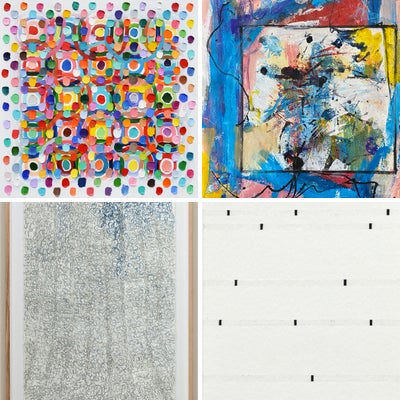

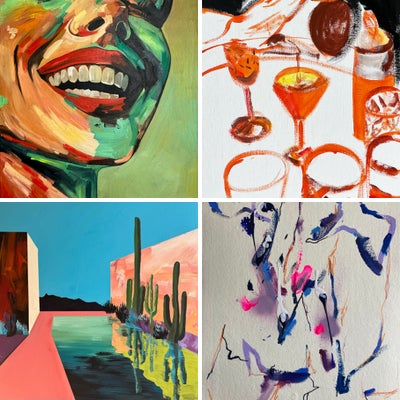

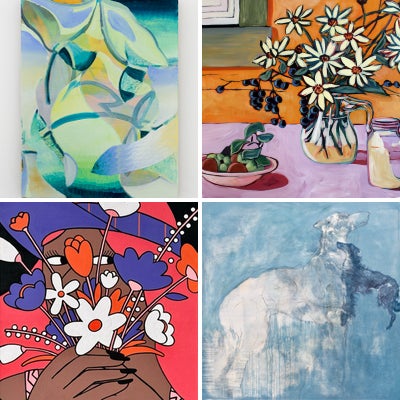
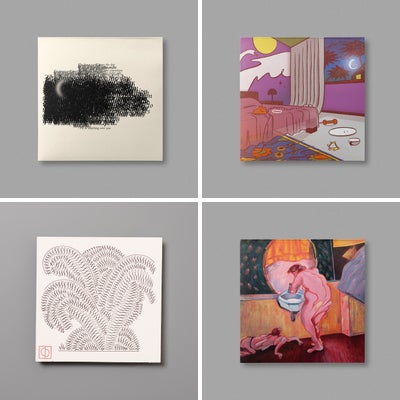
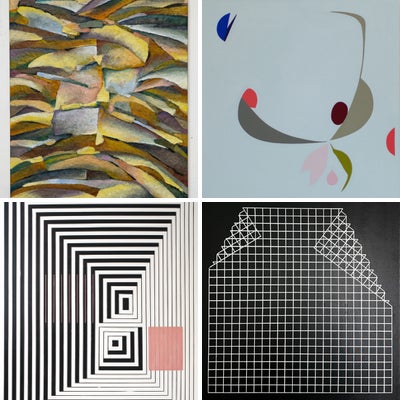
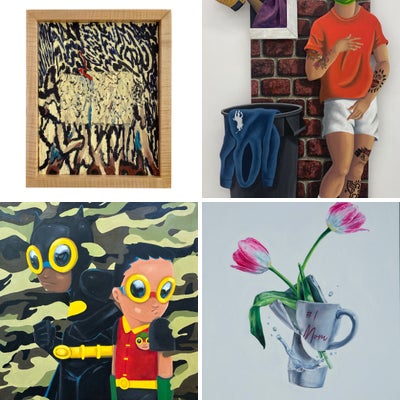
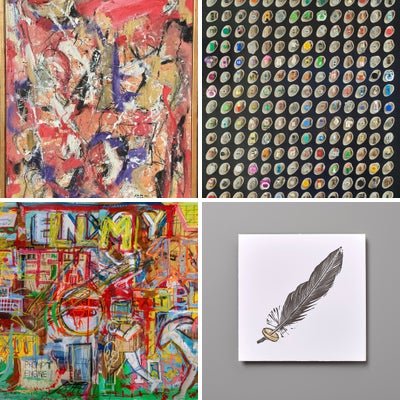
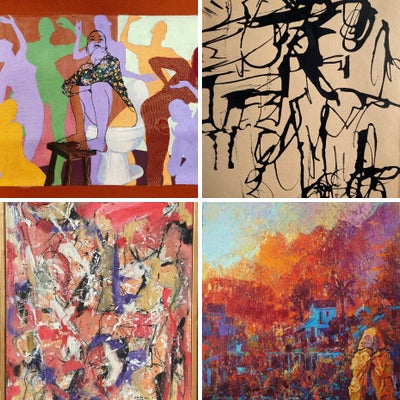
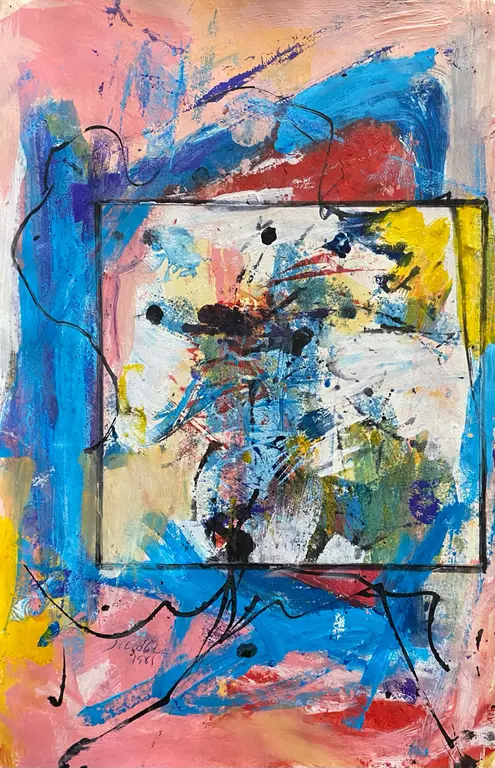
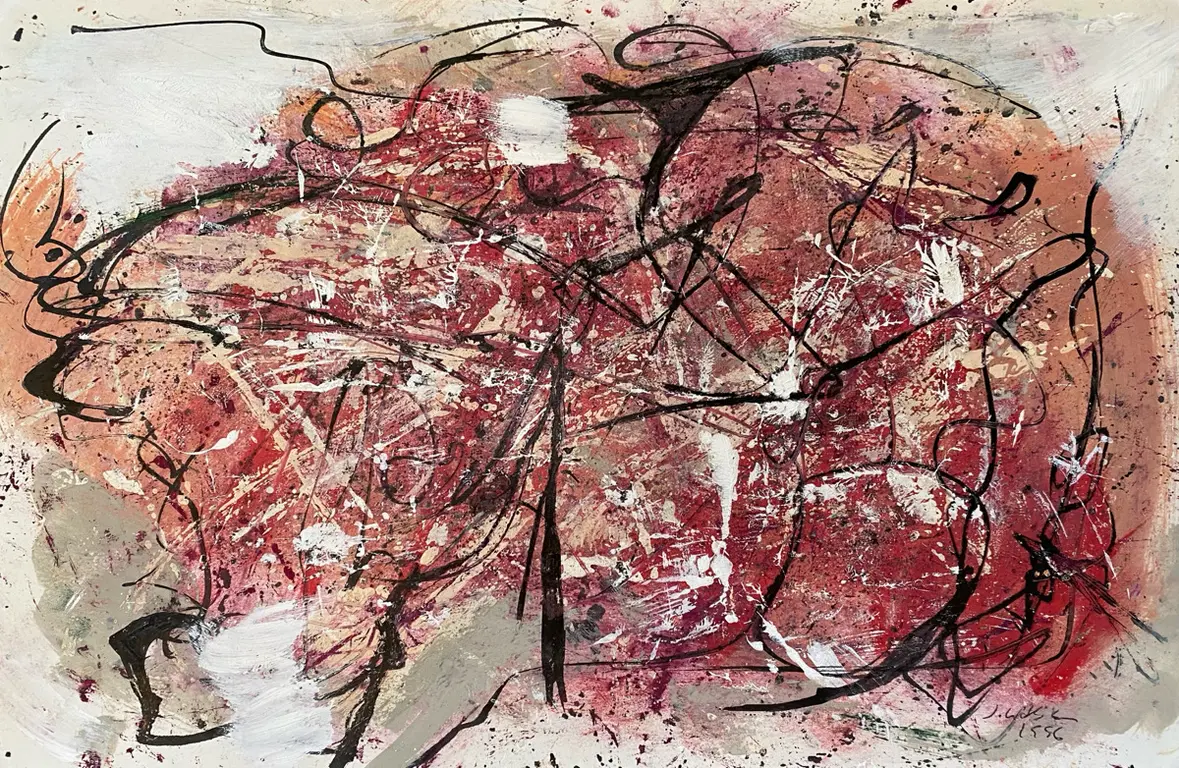
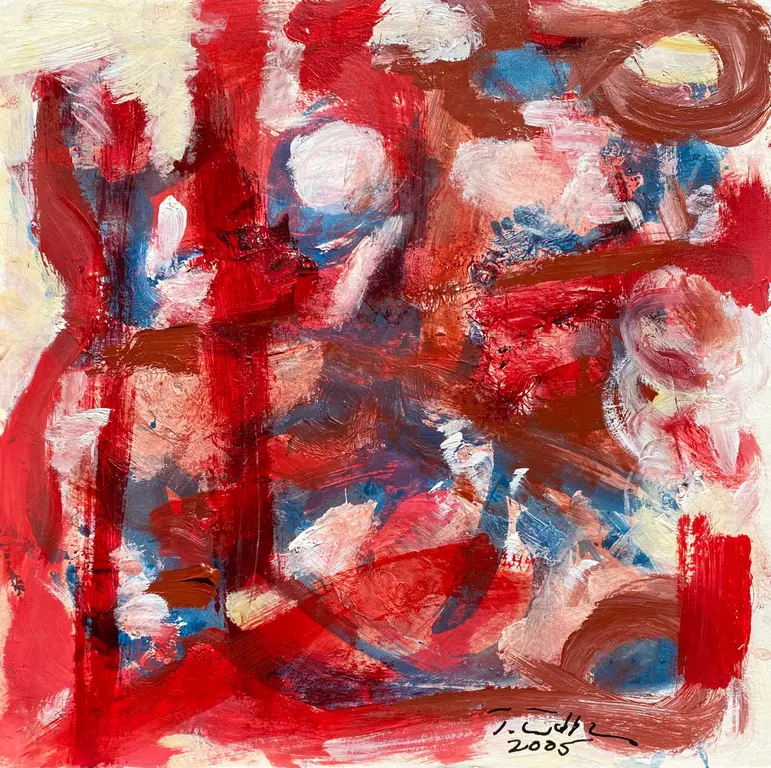
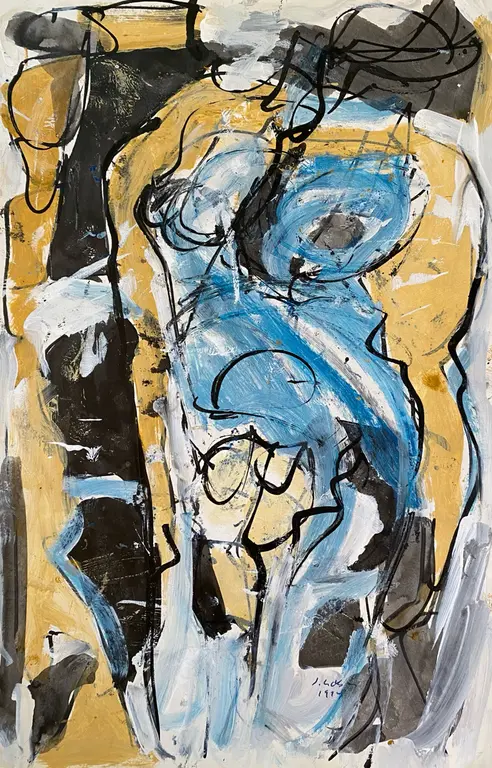
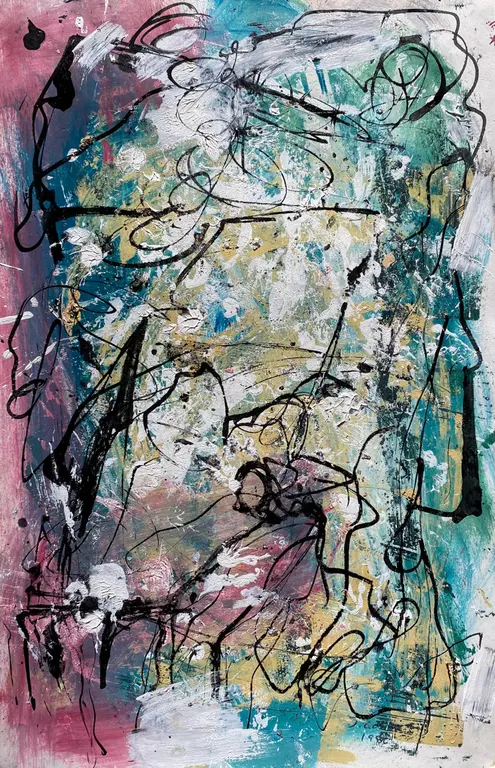
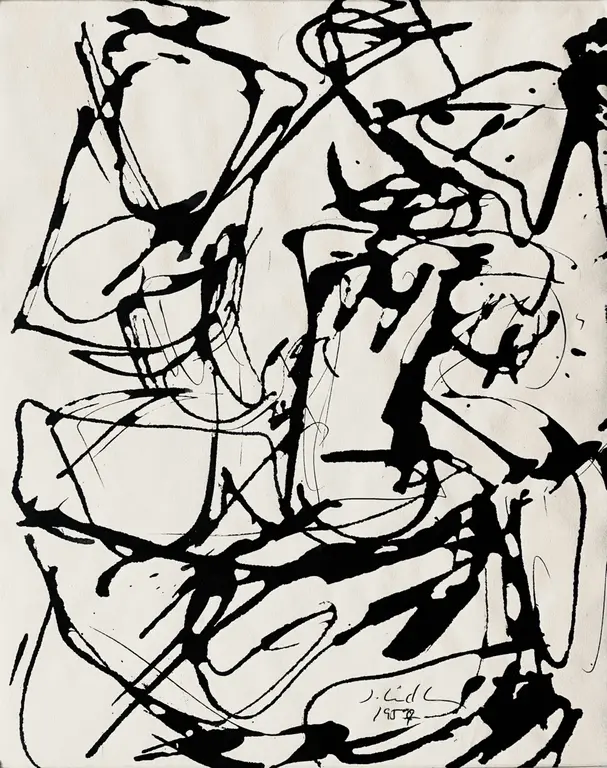
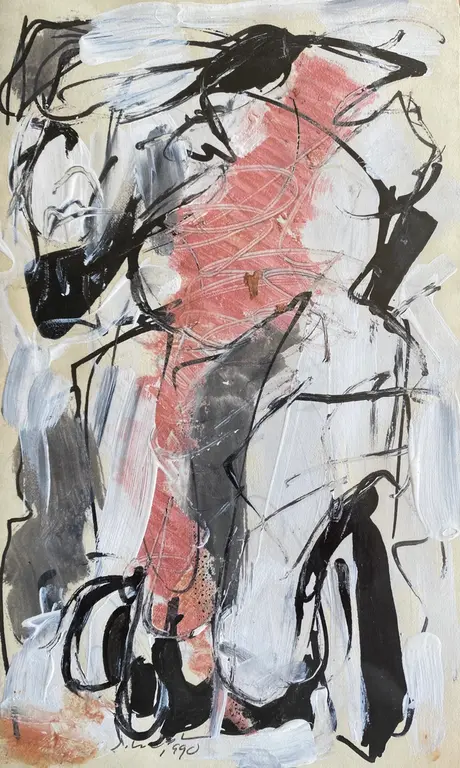
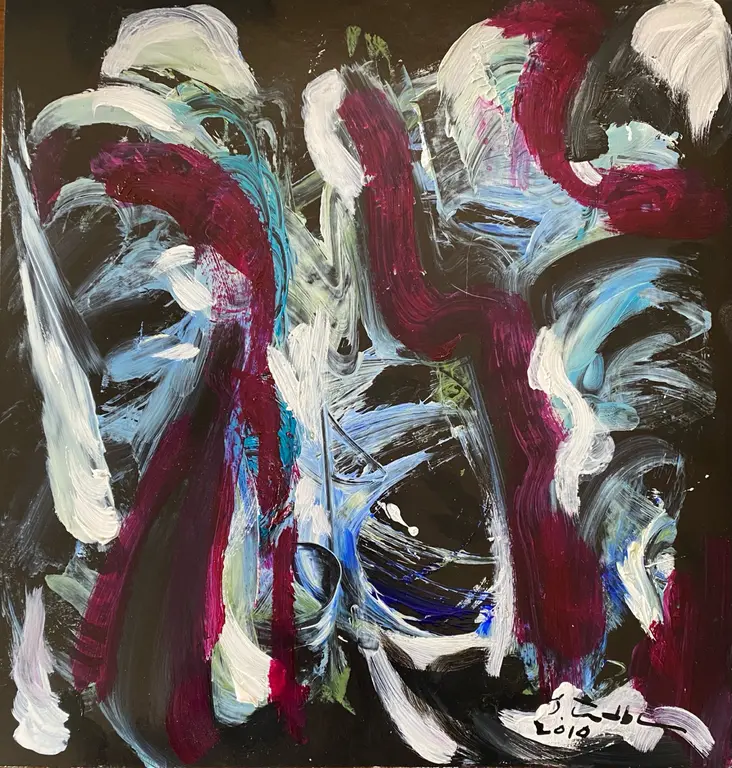
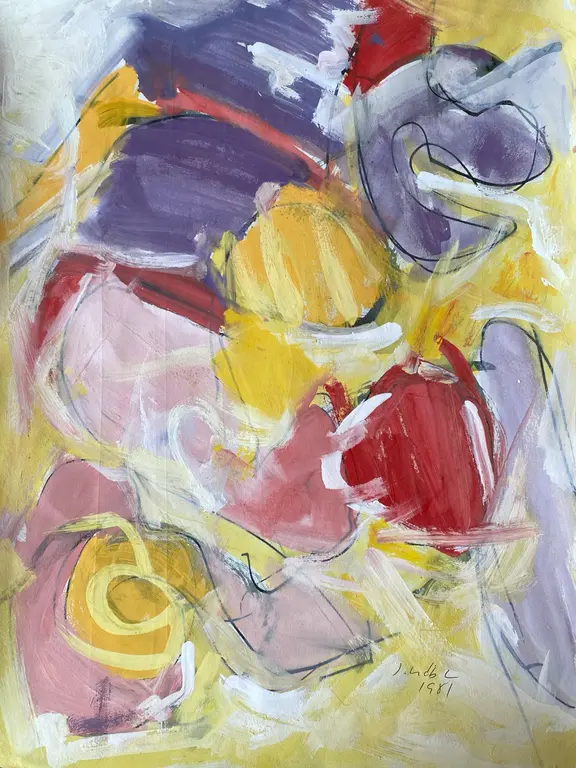
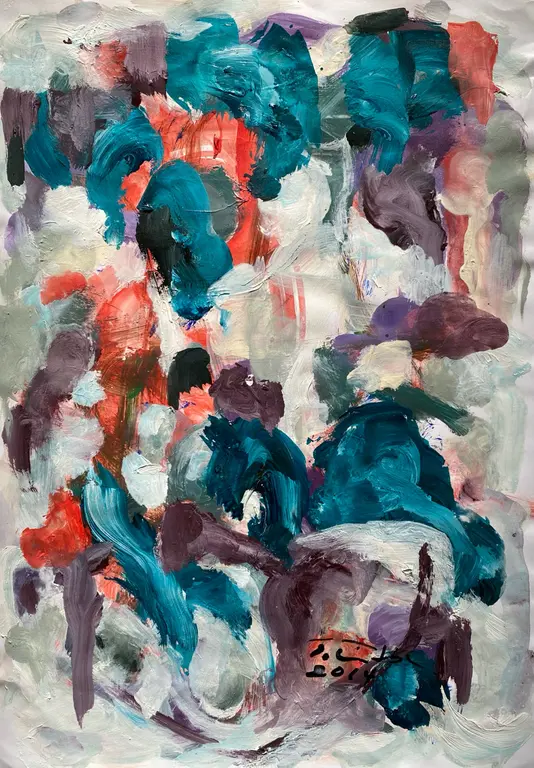
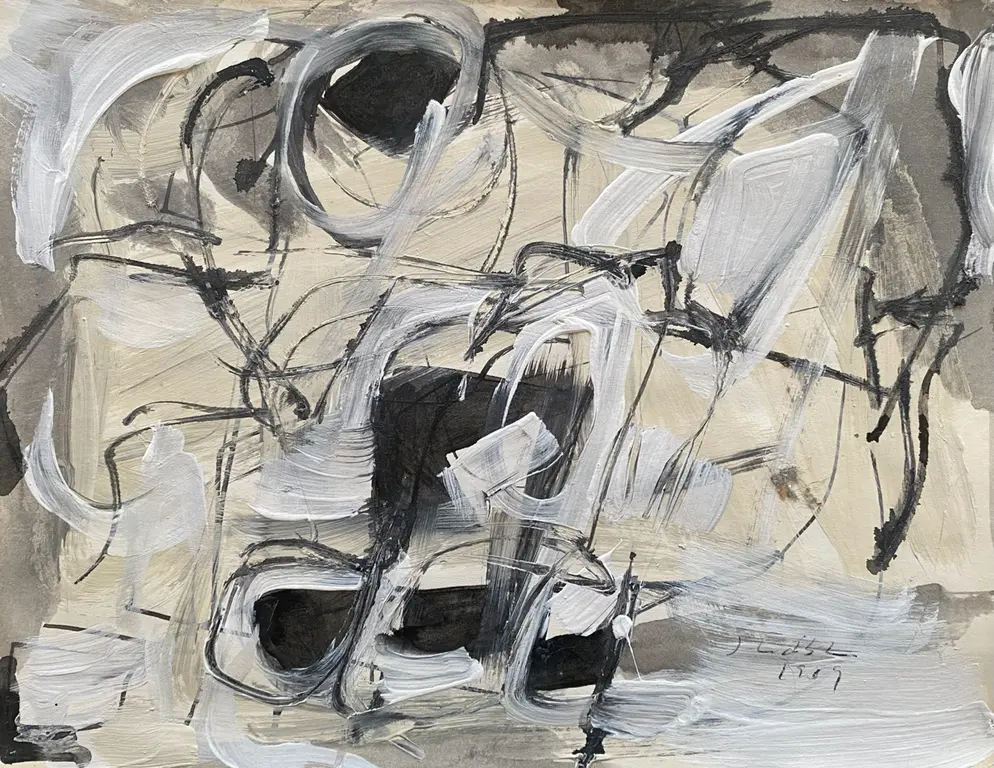
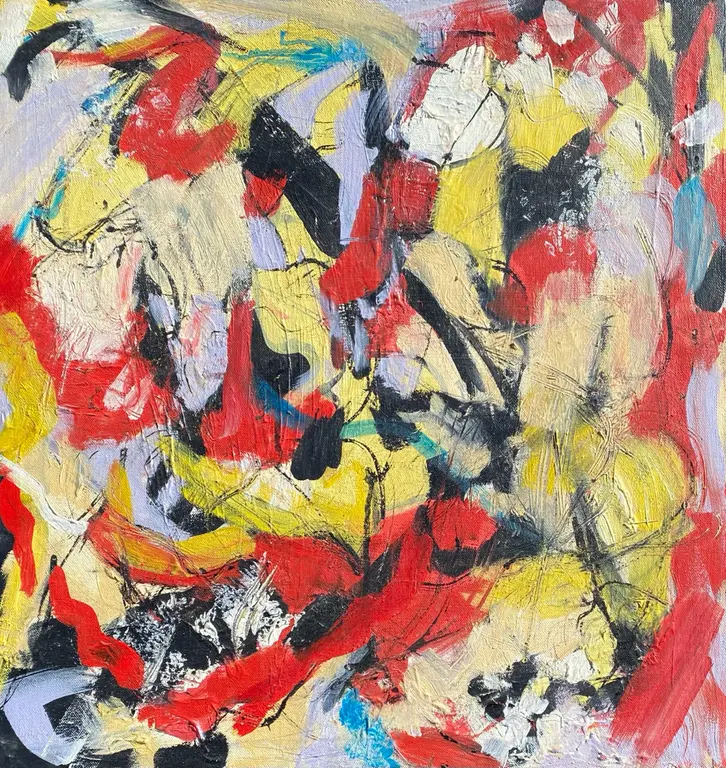
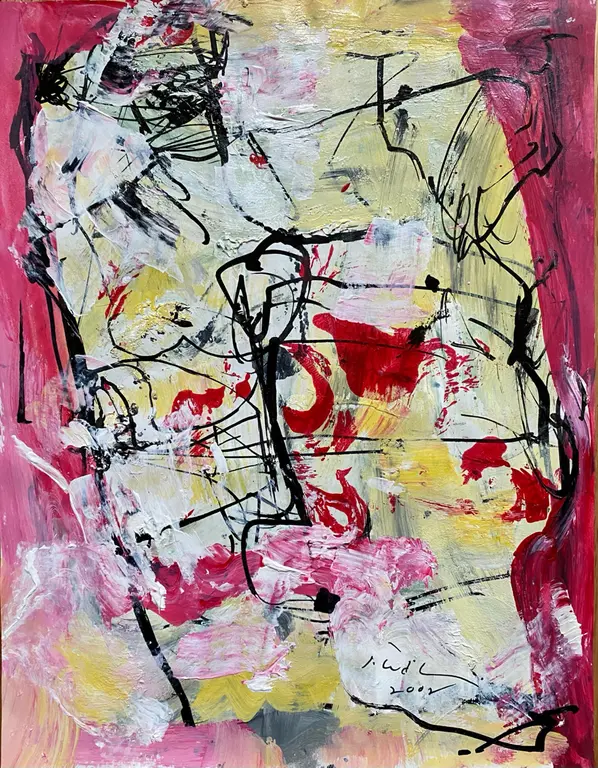
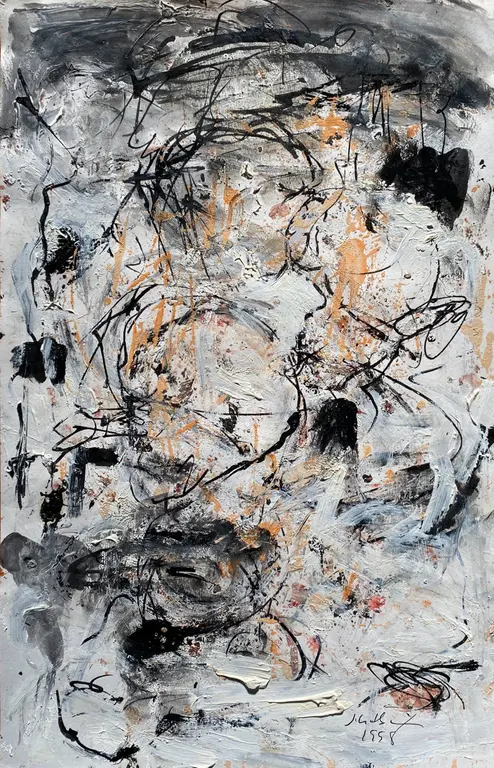
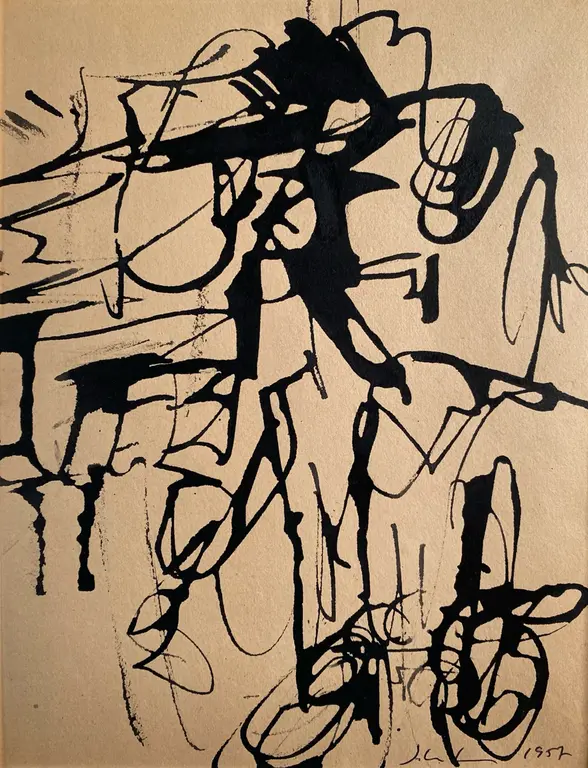
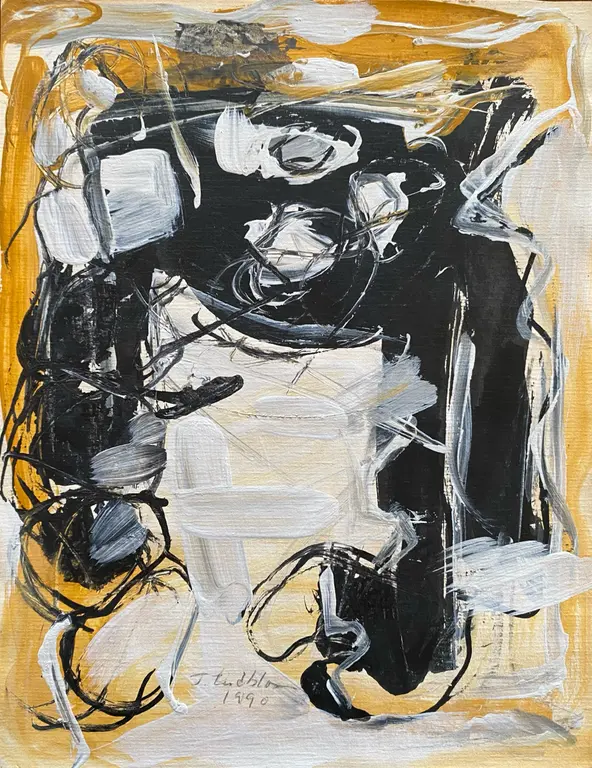
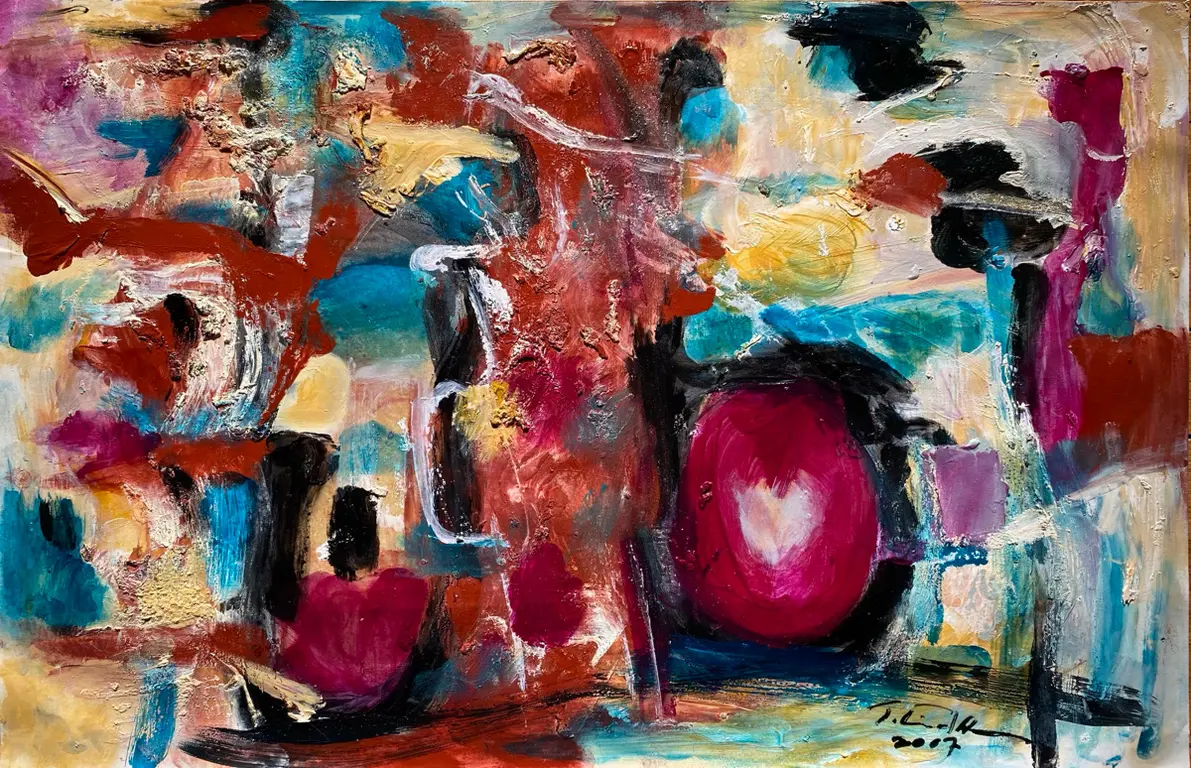
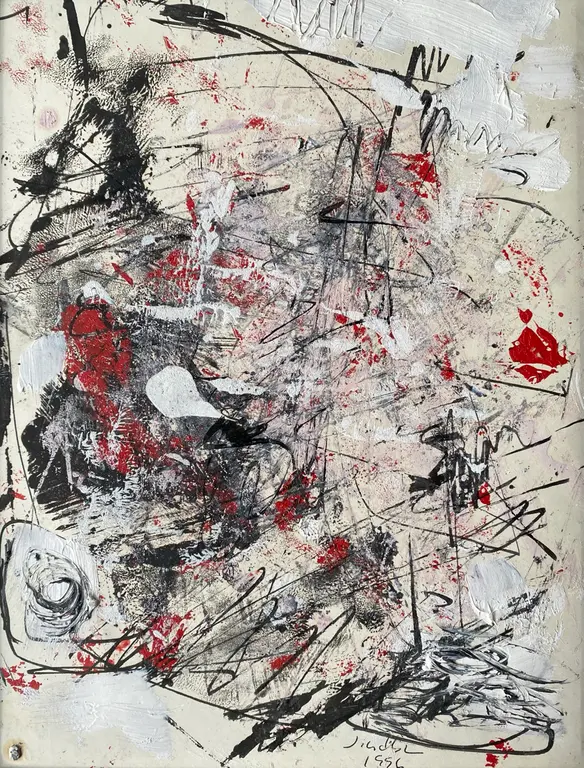
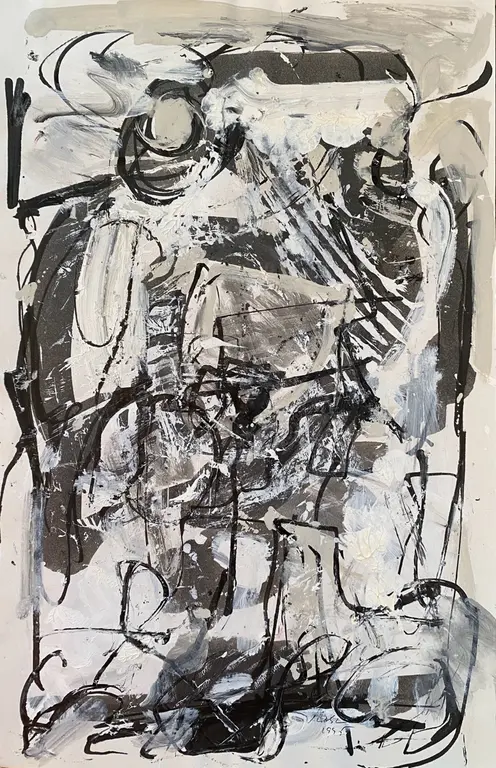
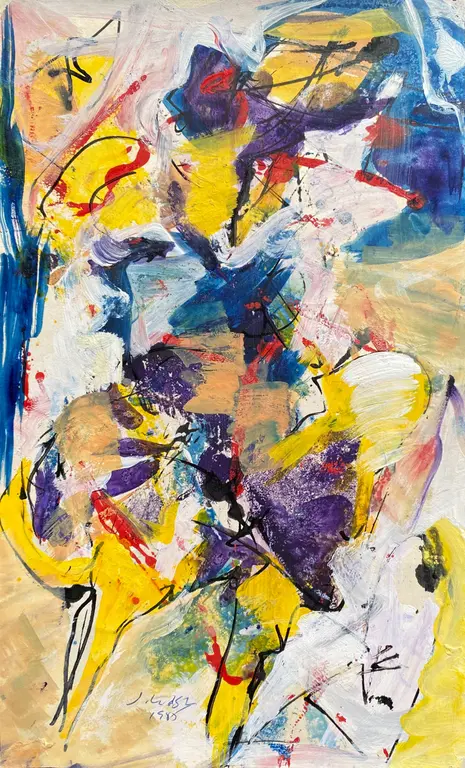
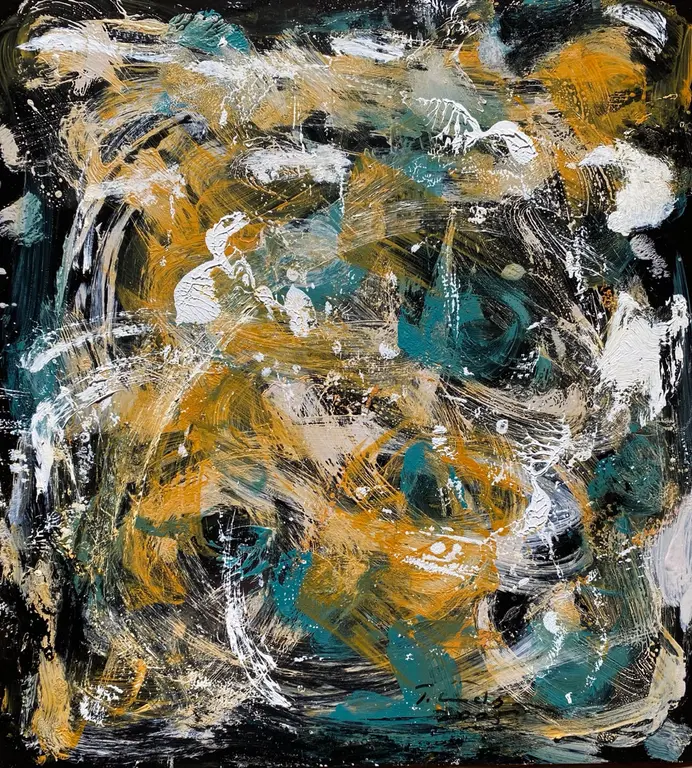
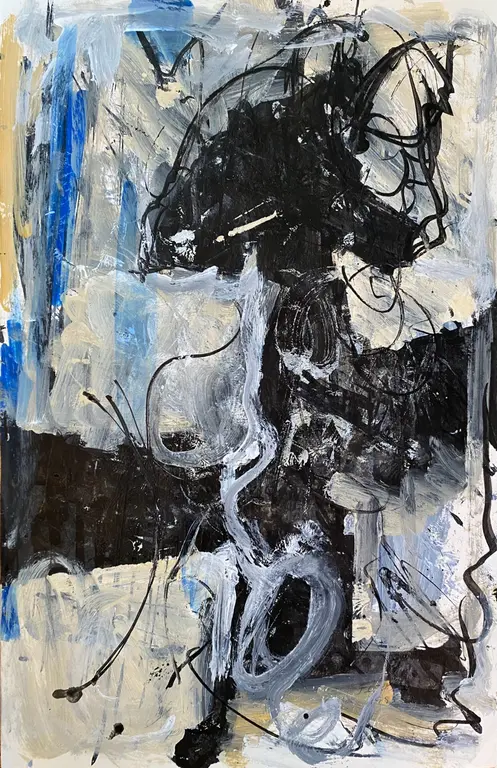
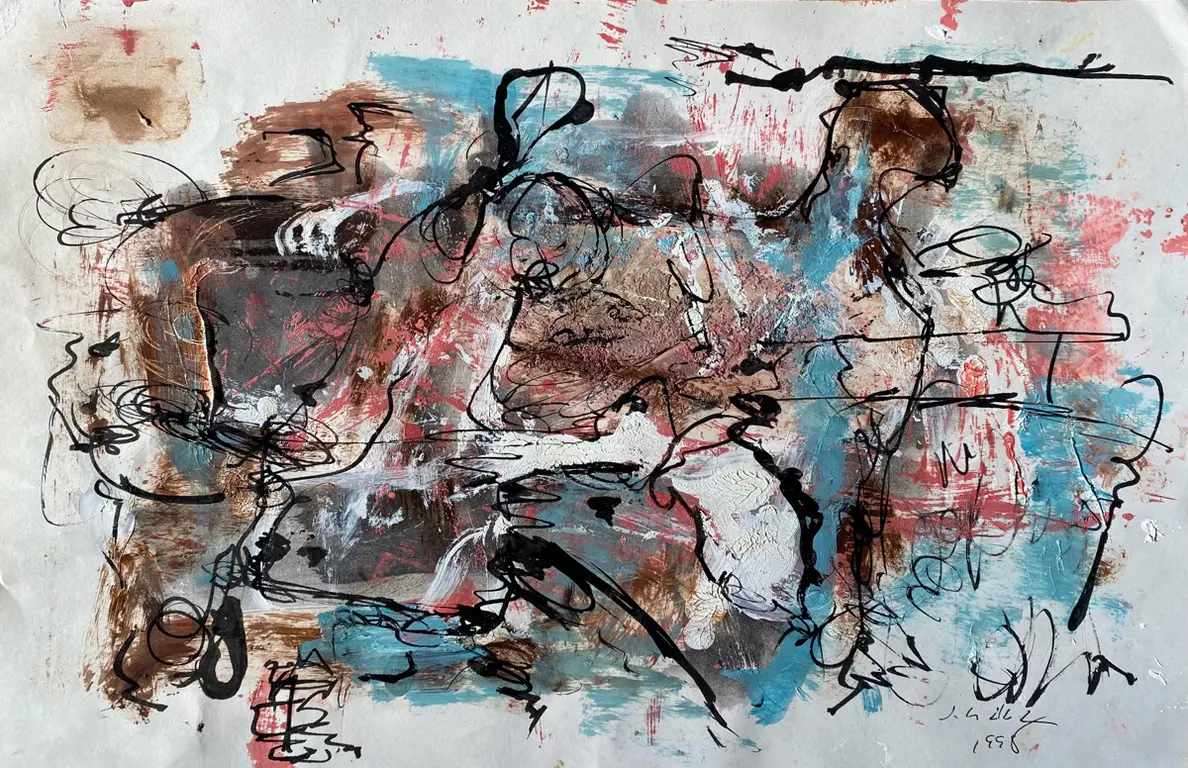
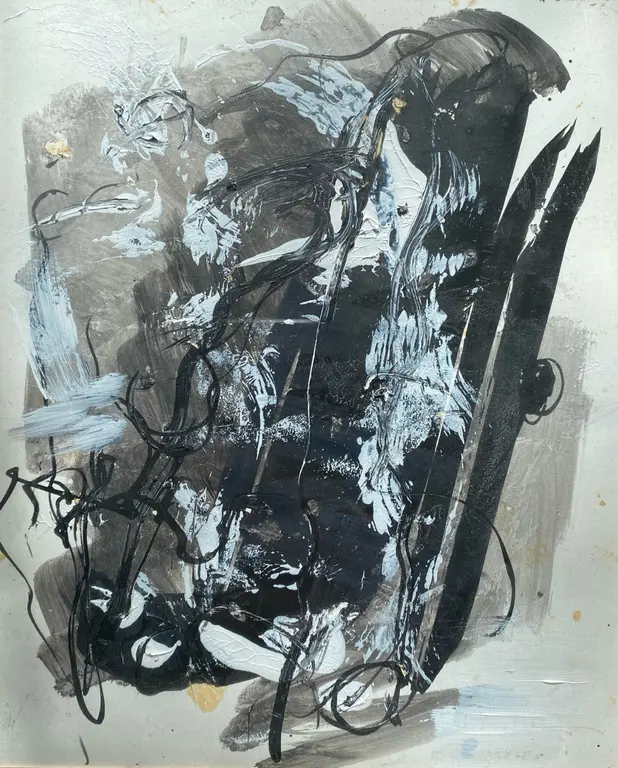
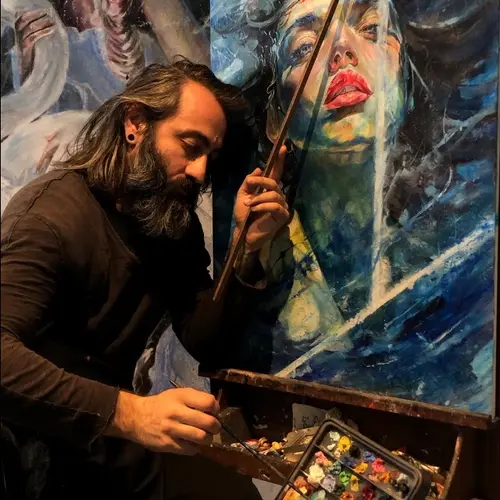
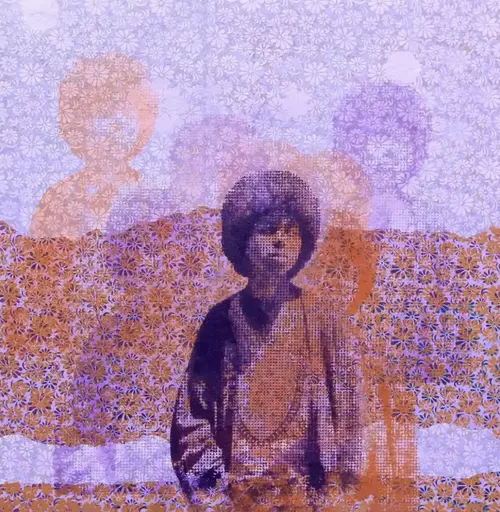
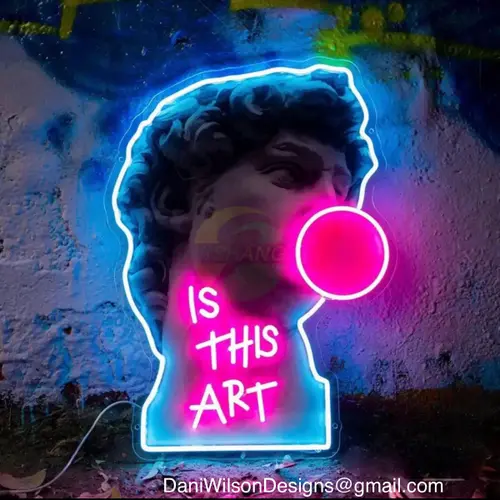
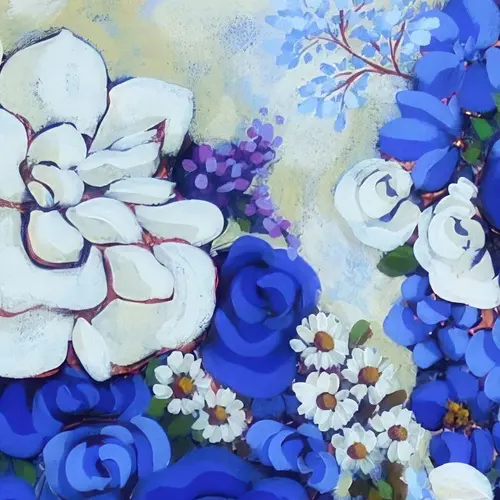
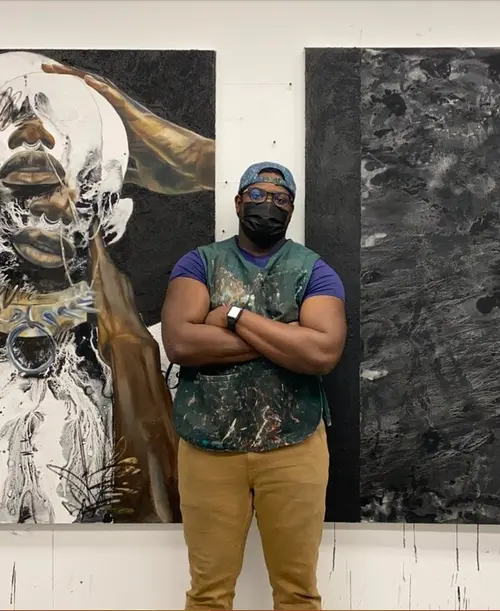
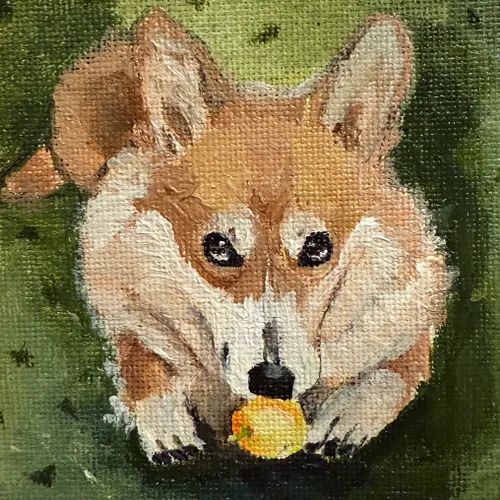
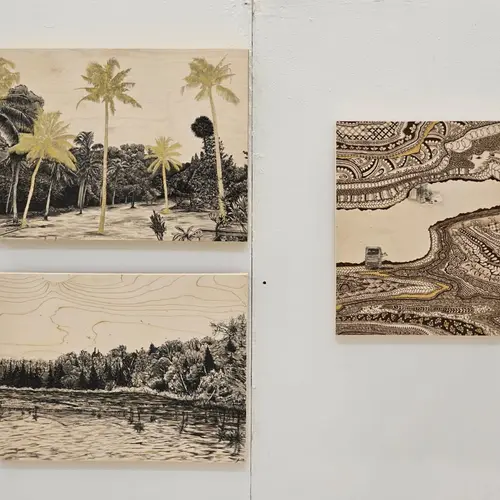

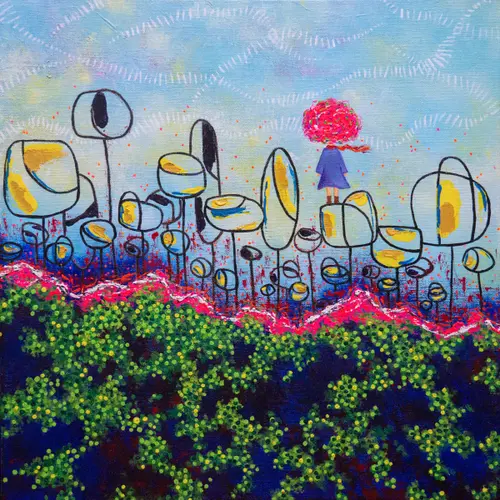
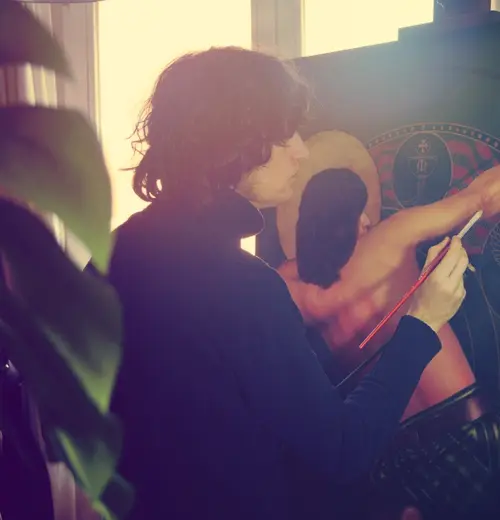
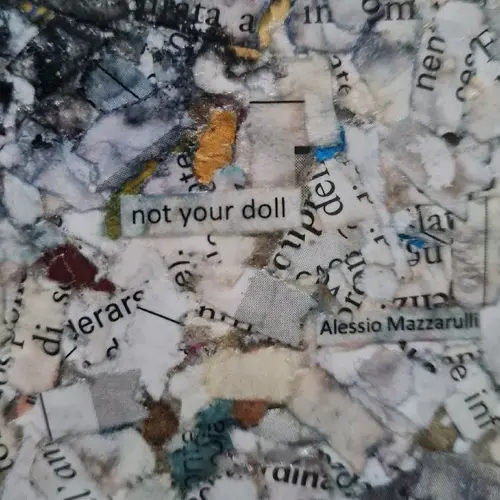
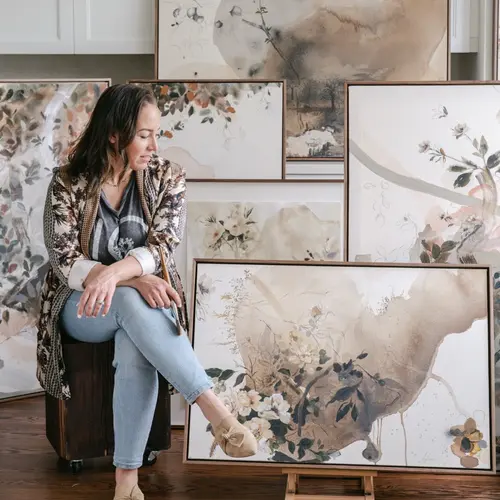
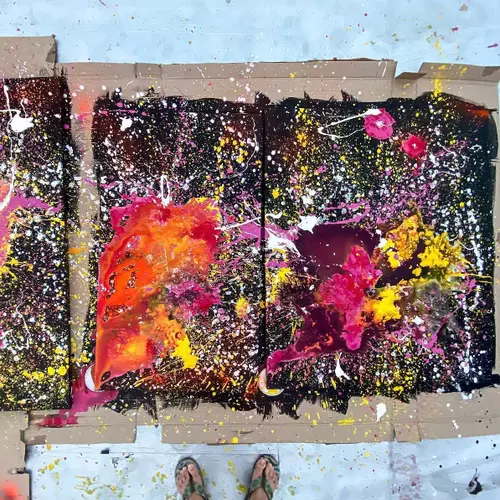
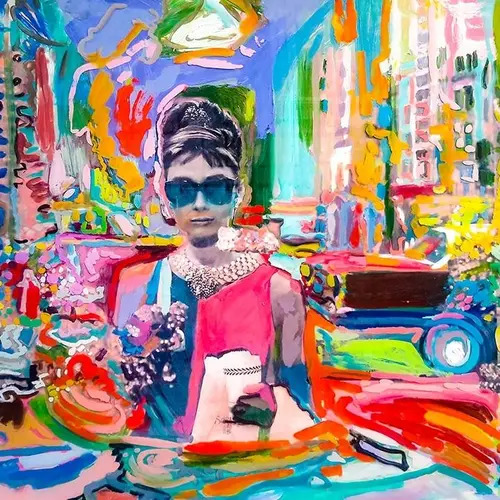


Comments (0)